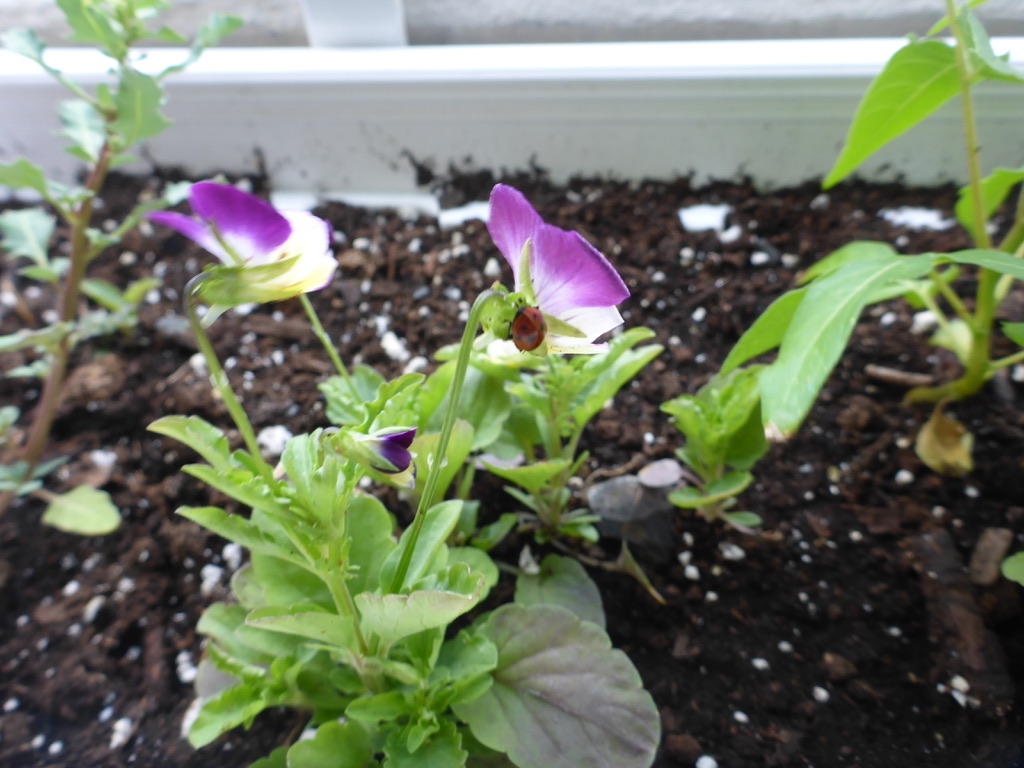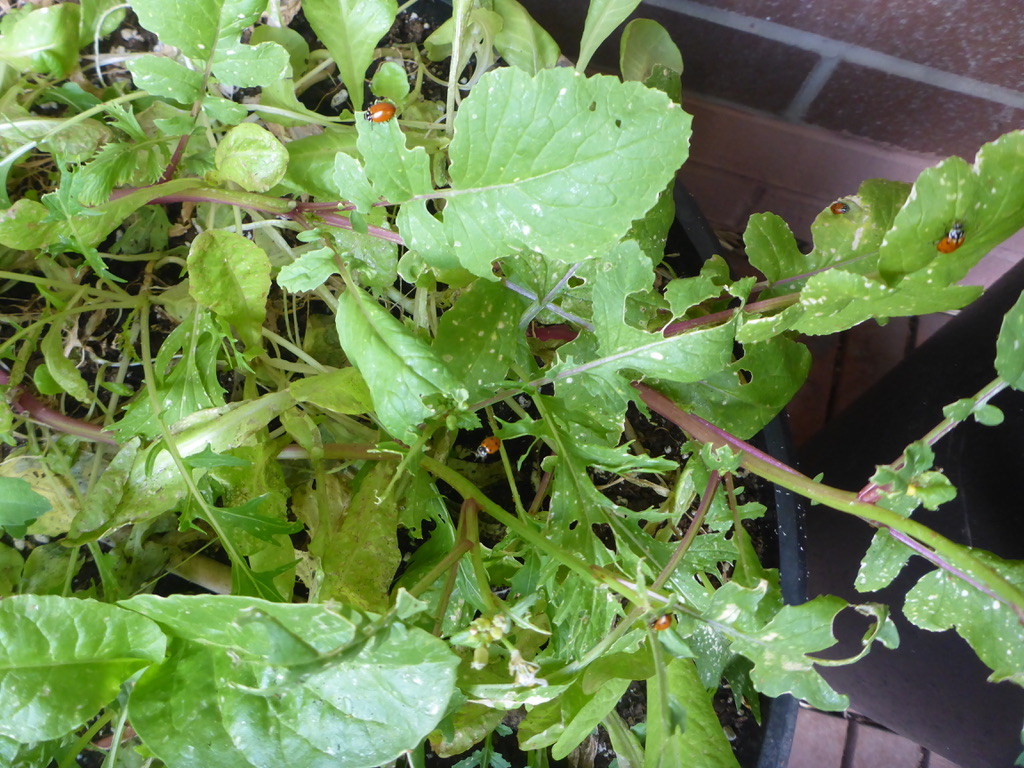The pandemic caused swift changes. Some retailers had to move their businesses online practically overnight. They also had to rethink processes about getting goods to customers. And for many of them, their online resources were lacking.
Shopping online is not new. What is new is how normal this is becoming. Retailers need to offer better and more robust online experiences. In addition to improved search options, photos of items and information should be readily available. Better yet, maybe retailers could offer a virtual reality shopping experience.
Grocery Shopping Online – The New Normal
In the early weeks of the pandemic, it was impossible to schedule a grocery pick-up. Time slots were booked solid weeks in advance. Going to the store in-person meant long waits. Or risking exposure to a virus. This was before we knew much about it and how it was transmitted.
Without a lot of great options, we shopped online at the grocery store. It took longer than if I had gone in person. Poor website construction and miserable searching options were the cause. It took hours to find all the items on our grocery list.
Searching on the websites was challenging. Grocery stores contain thousands of items. Being able to narrow down a search is essential. However, the websites offered few options to accomplish this. For example, I usually buy alternative milk, i.e., soy, rice, oat, etc. Shopping in-person for this is easy. I go to the aisle containing all the options and make a selection.
Online shopping, however, turned this into a lengthy process. I was unable to view all the different types of milk at once. I either had to search by brand or by type (e.g., soy, rice, oat). But for people like me, who alternate between all the types, it was challenging.
I’m a Label Reader
It’s true. I read labels for everything. Labels are important. They tell us, as consumers, a lot of information about what we’re buying. For example, clothing labels indicate washing instructions, the country of manufacture, and the materials used. This is all information I care about.
Now that I’m forced to shop online for most things, finding this information is difficult. In many cases, I had to contact retailers and vendors directly to discover where something was manufactured, or what it was made out of.
Consequently, the online experience ended up taking more time than going in person.


